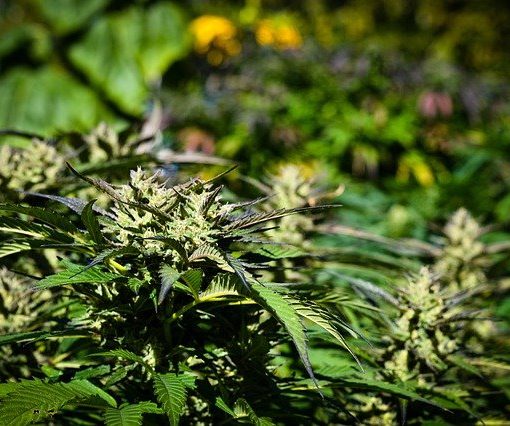New regulations.This fall will come into force a much stricter cannabis legislation to protect consumer health and combat the black market
New regulations for the cannabis industry. It is already mid-September and the fields of some states give off that characteristic smell of marijuana. Americans consume about six thousand metric tons of marijuana every year, much of which is harvested in October.
In addition to licensed providers, there are also thousands of fans who prefer to grow their own marijuana plants, an activity that is legal in California for adults over 21.
Apparently this year’s harvest is going to be the biggest since marijuana was legalized. This “super harvest” will flood dispensaries and retail stores this fall. But the next winter many plants will not overcome the new security measures to which they will be subjected for the first time. And this is because legal marijuana is beginning to be tracked and analyzed as never before. This is done to combat the black cannabis market which, despite the legalization in some states, continues growing year after year throughout the country. With these new security measures, legislators claim that cannabis users are more attracted to the legal market than to the black market since legal marijuana will be much safer for health. The dispensaries will only sell cannabis certified as free of pesticides, mold and all kinds of contaminants.
Since last July 1, the test regulations of the so-called phase two have ended the impurities found in the supply chain. A fifth of the marijuana inspected to measure potency and purity has not passed the tests. The main problem has been the pesticide called myclobutanil, which produces toxic fumes, such as hydrogen cyanide, when heated.
Marijuana producers will have to overcome the new quality standards imposed for the first time next year. Under the new regulations, growers will have to grow marijuana according to almost organic standards to fight pests. Pesticides and other contaminants will no longer be allowed. From next year they will have to use state-approved biological remedies, such as ladybugs and praying mantises, which are natural predators of cannabis pests such as aphids. State officials are studying certain types of bacteria, or certain vegetable oils such as neem oil, a type of oil that is extracted from the neem tree and that has many properties and uses in agriculture and food.
The harvest of the next California outdoor season, valued at billions of dollars, may be a victim of mold, caterpillars and the fungus called botritis if growers are not able to fight them with organic and biological remedies. Many licensed marijuana growers complain that they are not allowed to use conventional remedies since organic treatments are not as effective and safe. But the reality is that legal marijuana has to be subjected to very demanding quality and safety standards. We cannot and should not forget that it is a product that we introduce into our body.
Never before has such a valuable crop been traced in this rigorous manner. The plants harvested this fall will be the last to not have a mandatory “tracking and location” label on their stems. This winter, the state will register each commercial cannabis plant in a database managed by a provider called METRC. All plants larger than 12 inches (30 centimeters) must be perfectly labeled and tracked. This new system is designed to prevent legally grown marijuana from ending up in the black market.
Until now, the history of tracking and location of plants has not been very effective. METRC has had numerous failures and has suffered data alterations in other states. Oregon is tracking its legal marijuana plants, but there are few regulators to track the results. For their part, in this harvest season, federal authorities are focused on large-scale interstate traffickers. And there are too many. It is estimated that 80% of legally grown marijuana in California is consumed in Chicago, Atlanta, New York and other states. As long as there are states that have not legalized adult marijuana, there will continue to be a great demand for illegal marijuana. The authorities estimate the value of marijuana that is illegally cultivated in public and private rural areas at 40 billion dollars.
Marijuana is still the favorite illegal substance of Americans. After 80 years of prohibition, millions of people incarcerated and a fortune spent in the war on drugs, the truth is that cannabis has been cultivated throughout the country, from the north to the south, since Columbus brought the first seeds 500 years ago. It seems like a joke that there are still people who believe that the ban would eradicate cannabis from North America.






